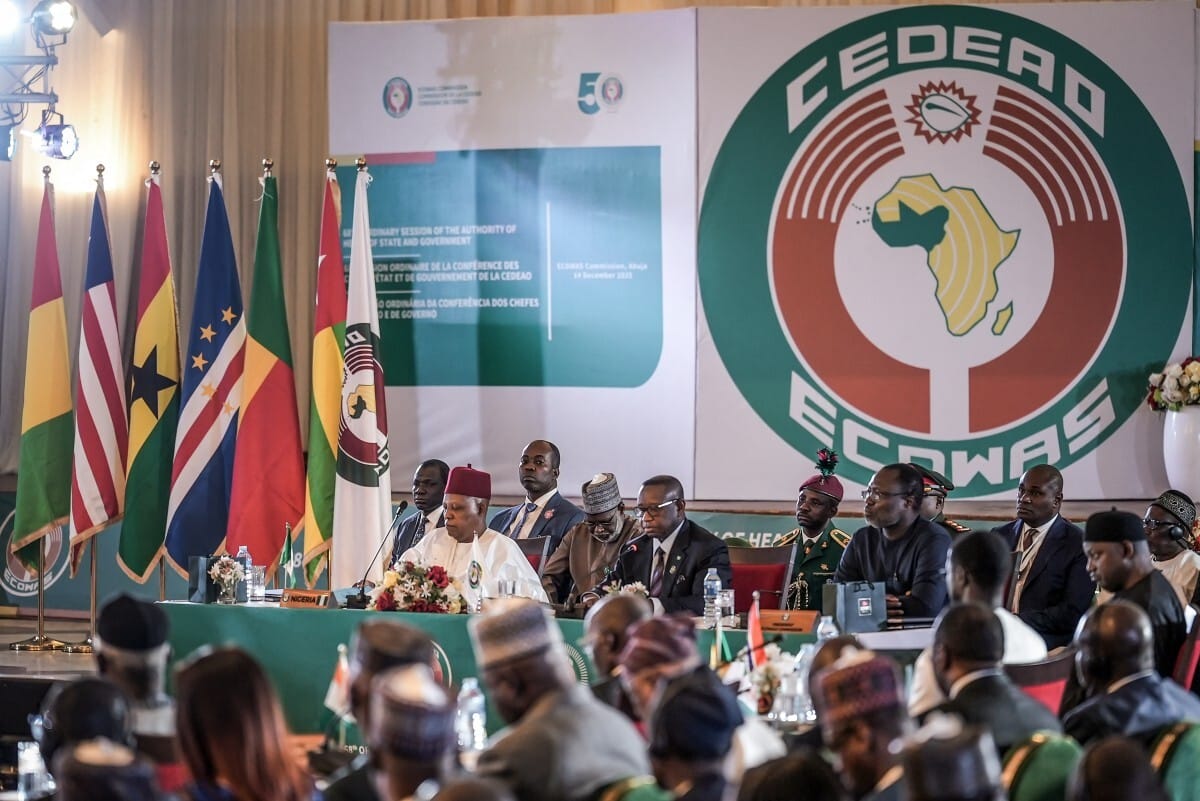US President Donald Trump’s surprise directive to begin nuclear weapons testing provoked global criticism Friday amid fears of renewed superpower tensions.
The announcement came in the wake of Russia saying it had tested a nuclear-powered and nuclear-capable torpedo, as well as a new cruise missile.
But Trump sparked confusion as well as concern, with no clarity on whether he was ordering testing of US nuclear-capable systems or actual test blasts — something the country has not done for three decades.
Iran, which has been in conflict with the United States for years over its controversial nuclear projects, called the directive “regressive and irresponsible.”
“A nuclear-armed bully is resuming testing of atomic weapons. The same bully has been demonizing Iran’s peaceful nuclear program,” Foreign Minister Abbas Araghchi posted on social media.
And Japanese atomic bomb survivors group Nihon Hidankyo sent a letter of protest to the US embassy in Japan.
The order “directly contradicts the efforts by nations around the world striving for a peaceful world without nuclear weapons and is utterly unacceptable,” the Nobel Peace Prize-winning group said in the letter obtained by AFP.
Trump pointedly made the nuclear tests announcement Thursday, minutes before he entered a summit with Chinese leader Xi Jinping in South Korea.
“Because of other countries testing programs, I have instructed the Department of War to start testing our Nuclear Weapons on an equal basis,” Trump posted on Truth Social.
– ‘Pretty responsible’ –
Amid expressions of concern abroad and among some in the US Congress, US Defense Secretary Pete Hegseth said “resuming testing is a pretty responsible, very responsible” policy.
Vice President JD Vance said the US nuclear arsenal needed to be tested to ensure it actually “functions properly.” Yet he too did not elaborate on what type of tests Trump had ordered.
China’s foreign ministry spokesman Guo Jiakun urged the United States to “earnestly abide” by a global nuclear testing ban.
United Nations chief Antonio Guterres said through a spokesman that “nuclear testing can never be permitted under any circumstances.”
The United States has been a signatory since 1996 to the Comprehensive Nuclear-Test-Ban Treaty, which bans all atomic test explosions, whether for military or civilian purposes.
– Russia pushes back –
Russia pushed back against any idea that its recent weapons tests could justify a return to live test explosions.
And the Kremlin questioned whether Trump was well-informed.
The recent weapons drills “cannot in any way be interpreted as a nuclear test,” spokesman Dmitry Peskov told journalists.
“We hope that the information was conveyed correctly to President Trump.”
Peskov then implied that Russia would conduct its own live warhead tests if Trump did it first.
Further muddying the waters, Trump also repeated to reporters a previous claim that he wants negotiations with Russia and China on reducing nuclear weapons forces.
“Denuclearization would be a tremendous thing,” he said.
According to the Stockholm International Peace Research Institute, the Russian stockpile of deployed and stored warheads is 4,309, compared to 3,700 for the United States and 600 for China — figures that don’t take into account hundreds of other warheads scheduled for dismantling.
– Last US test in 1992 –
The United States conducted 1,054 nuclear tests between July 16, 1945, when the first was conducted in New Mexico, and 1992.
Its two nuclear attacks on Japan during World War II make it the only country to have used the weapons in combat.
The last US nuclear test explosion was in September 1992, a 20-kiloton underground detonation at the Nevada Nuclear Security Site.
Then-president George H.W. Bush imposed a moratorium on further tests in October 1992 that has been continued by successive administrations.
Nuclear testing was replaced by non-nuclear and subcritical experiments using advanced computer simulations.






